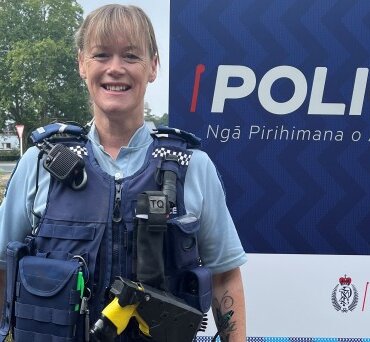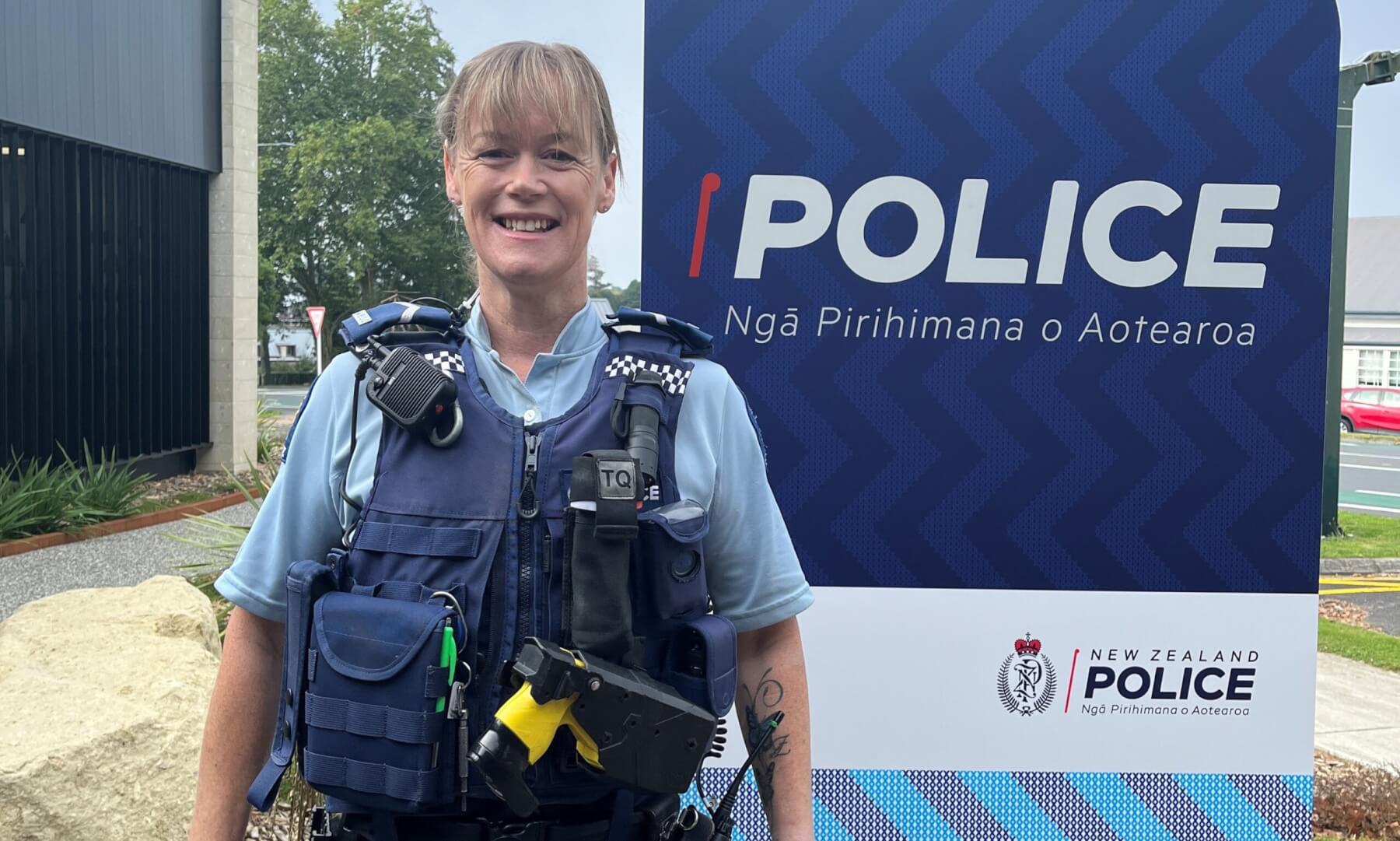
Deb Hann

Senior Constable Deb Hann – On the Beat
I’m starting this column with good news.
Last weekend the team received a complaint of vehicles doing burnouts in the Swayne Road area. As a result of evidence provided by the public, investigations led to the impoundment of three vehicles involved. Their drivers were identified and are being held to account for their actions. Burnouts and similar activity cause disruption and disturbance in our community. Not only do they cause noise and air pollution, they damage the roads and put safety at risk. The Land Transport Act 1998 makes it an offence to operate a vehicle in a way causing a sustained loss of traction (wheel spinning).
As always, the more information we can get on offending the better. If you see a vehicle doing burnouts, note the registration, vehicle description and what it is doing. CCTV/a video recording is great evidence too. For police to take action, you must be willing to make a formal statement to police with the potential of giving evidence in court if an offender pleads not guilty. Remember, without a witness, such offending can’t be proven in court.
Next, I’m continuing my trend of highlighting our different work groups. Did you know that we have a team of staff at Cambridge dedicated to ensuring the safety of commercial vehicles travelling our roads? The Commercial Vehicle Safety Team members are dedicated to policing commercial vehicles (trucks and buses). Key considerations are fatigue, manner of driving, weights, load security, dangerous goods and driver licensing. In addition, they attend serious and fatal crashes involving commercial vehicles and assist the Serious Crash Unit.
With commercial vehicles being heavy vehicles, the impact of an insecure or overweight load can be significant for vehicle handling and mechanics. This can also cause damage to the roading network. When responding to a truck driving complaint recently, Commercial Vehicle Safety Team staff found the front axle loading of the truck involved was 3 tonne overweight. This had bearing on safety and wear on the truck. Commercial drivers are bound by driving hour regulations to manage driver fatigue. This is monitored through legally required logbook entries. In one recent case, the driver of a truck seen weaving on the road, was found to be fatigued and at the limit of his allowable hours. He was forbidden until an appropriate break was had.
Just with small motor vehicles, driver speed, restraints and distractions (for example cellphones) remain key concerns. Due to their weight, the impact of poor decision making resulting in a crash has far greater consequences for road users when a commercial vehicle is involved. While most trucking companies are compliant with regulations, some continue to breach them for their own gain. The Commercial Vehicle Safety Team is dedicated to identifying and taking action against such offenders.








